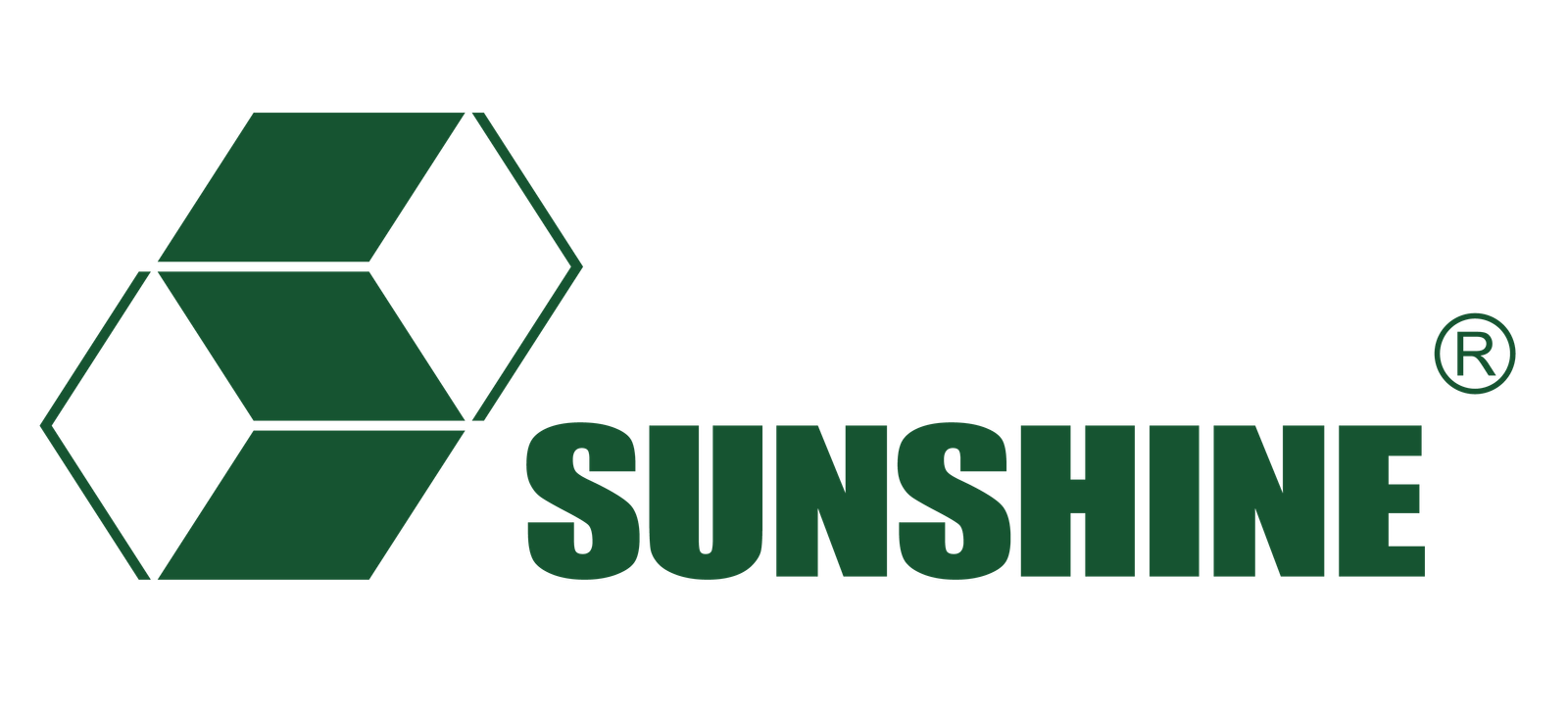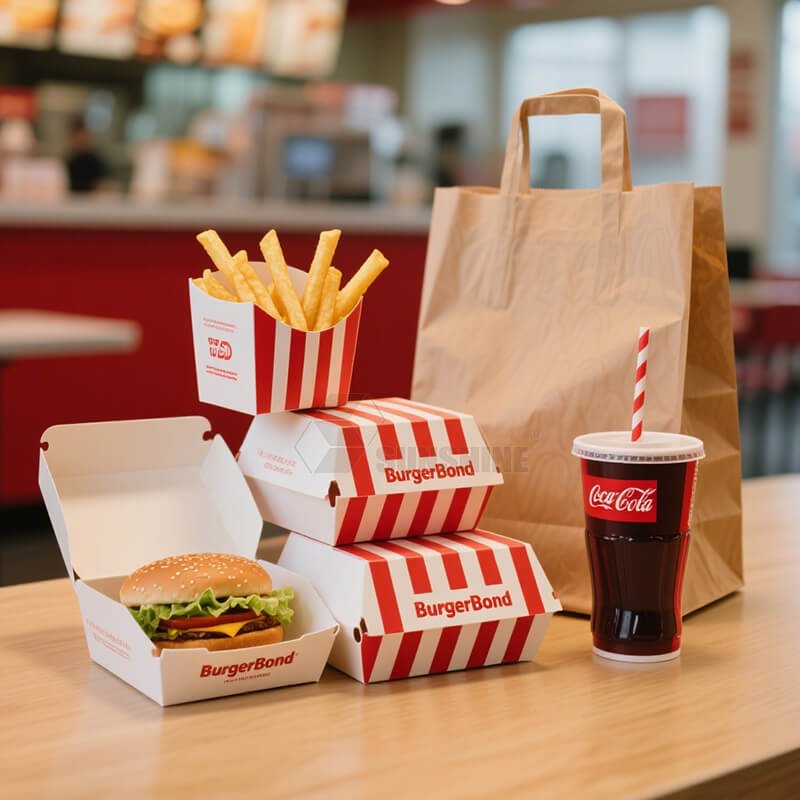For brands selling fried chicken, saucy noodles, ready-to-heat meals, curries, pasta dishes, or oily bakery items, standard paper boxes are not enough. Oil seepage, soggy packaging, weakened structure, and leaking edges are common issues that result in complaints, product returns, and poor customer experience.
That’s why more food manufacturers and restaurant chains are switching to high-barrier paper packaging—a solution designed to hold oil, moisture, and sauces without compromising food safety or brand image.
This article breaks down what buyers must know before choosing high-barrier paper packaging for oily or saucy foods.
1. What Does “High-Barrier” Mean in Food Packaging?
In packaging, barrier refers to the material’s ability to block:
- Oil & grease
- Water & steam
- Oxygen
- Moisture migration
- Flavor transfer
High-barrier paperboard is engineered with special coatings or laminations that prevent liquids from penetrating the fibers, allowing the package to stay firm and clean even with oily or heavy sauces.
2. Why Standard Paper Boxes Fail for Oily Foods
Buyers often assume a thick paperboard will solve sealing or oil-resistance problems—but thickness alone doesn’t matter.
Common issues with regular paper packaging:
- Visible oil stains after 10–30 minutes
- Paper becomes soft or warped
- Structural failure when carrying heavy food
- Leakage along folded edges
- Packaging loses its “premium” look on the shelf
For fried foods, curries, creamy pasta, or hot saucy meals, a high-barrier coating is the only reliable solution.
3. Types of High-Barrier Solutions (Pros & Cons)
Choosing the right barrier layer depends on your food category, budget, sustainability requirements, and heating conditions.
(1) Water-Based Barrier Coating
A recyclable and eco-friendly solution widely used in Western markets.
Pros:
- Plastic-free
- Recyclable and repulpable
- Suitable for light–medium oil foods
- Heat-stable
Cons:
- Not ideal for extremely oily products
- May require thicker coating for saucy dishes
Best for:
Fried snacks, pastries, burgers, wraps, bakery boxes.
(2) PE Coating (Polyethylene)
Traditional, economical, and widely used.
Pros:
- Strong oil and water resistance
- Suitable for saucy foods
- Low cost
Cons:
- Less eco-friendly
- Not always recyclable depending on region
Best for:
Takeaway boxes, noodles, curries, rice dishes.
(3) PLA Coating (Biodegradable)
Plant-based alternative to PE.
Pros:
- Compostable under industrial conditions
- Excellent oil resistance
Cons:
- Sensitive to heat above 45–50°C
- Higher cost
Best for:
Cold food, chilled meals, salad toppings, desserts.
(4) EVOH High-Barrier Film Lamination
For meals requiring superior oxygen and oil resistance.
Pros:
- Extremely strong barrier
- Suitable for retort, MAP, or ready-to-heat meals
- Ideal for sauces and long shelf-life foods
Cons:
- Higher cost
- Requires professional converting equipment
Best for:
Ready meals, frozen meals, microwaveable containers.
4. Important Considerations Before Buying High-Barrier Packaging
✔ Heat Resistance
Will the food be:
- Microwave reheated?
- Oven heated?
- Filled while hot (70–90°C)?
Not all coatings can withstand high temperature.
✔ Product Oil Level
Light oil ≠ heavy oil ≠ saucy.
Each requires a different barrier strength.
✔ Shelf Life & Storage
For refrigerated or frozen meals, barrier requirements increase.
✔ Sustainability Requirements
Many B2B buyers now prioritize:
- Plastic-free coating
- Recyclability
- FSC-certified paper
- Reduced lamination
Discuss compliance requirements (e.g., EU regulation, FDA) with your supplier early.
5. Packaging Structures That Improve Barrier Performance
High-barrier protection is not only the coating—it’s also the box design.
1. Leak-Proof Locks
Prevents sauces from escaping during delivery.
2. Tight-Fold Corners
Reduces oil seepage through paper fibers.
3. Food-Grade Adhesive
Not all glue can withstand high oil exposure.
4. Lining Options
Some buyers add:
- Greaseproof liners
- Aluminum-free high-barrier inserts
- Heat-resistant trays
6. Why European & American Food Brands Prefer High-Barrier Paper
The global trend toward sustainable, plastic-free packaging has accelerated.
Food brands choose high-barrier paper because it offers:
- A natural, premium look
- Strong performance for oily/saucy foods
- Recyclability (depending on coating)
- Compatibility with high-speed filling lines
- Safer consumer perception
For ready meals, quick-service restaurants, and meal-kit brands, high-barrier paper solves both functionality and marketing needs.
Final Thoughts
High-barrier paper packaging is no longer optional for brands selling fried, oily, or saucy foods—it’s essential for product integrity, customer satisfaction, and brand image.
By understanding:
- the correct barrier type
- heat and oil requirements
- sustainability expectations
- structural design
- testing standards
…buyers can avoid costly packaging failures and choose the right solution for their product line.

